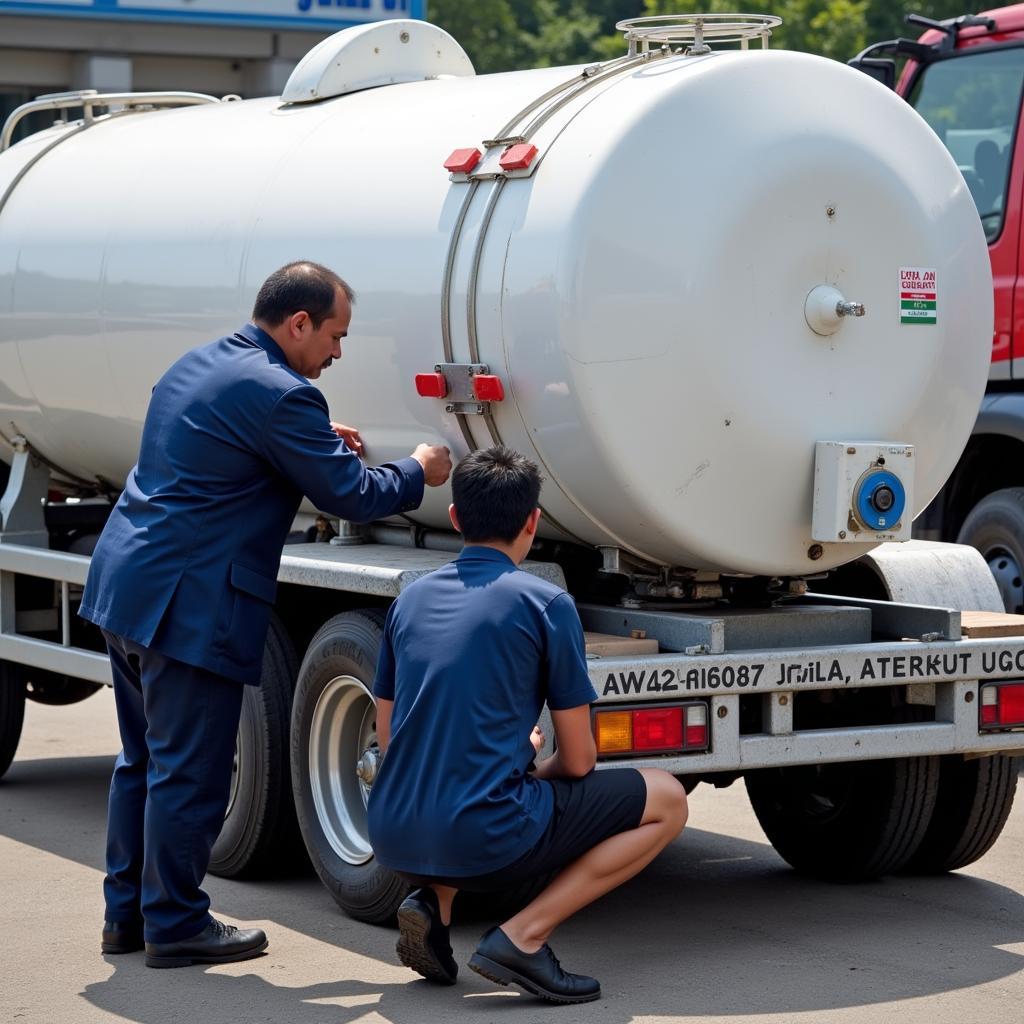Southeast Asia’s industry is experiencing a period of dynamic growth, driven by a confluence of factors including a young and expanding workforce, rising consumer demand, and increasing integration into global value chains. This burgeoning sector presents a wealth of opportunities for investors and businesses seeking to capitalize on the region’s economic dynamism. However, it’s crucial to also acknowledge the challenges that come with this rapid industrial development.
Unpacking the Drivers of Growth in SEA’s Industry
Several key factors contribute to the positive trajectory of Southeast Asia’s industrial sector:
- A Demographic Dividend: The region boasts a young and growing population, providing a large and increasingly skilled labor pool. This demographic advantage translates into a vibrant workforce eager to contribute to the region’s industrial expansion.
- Urbanization and Infrastructure Development: As more people move to urban centers, the demand for goods and services increases, further fueling industrial growth. Governments in the region are investing heavily in infrastructure projects, improving connectivity and creating a more conducive environment for industrial activity.
- FDI and Trade Liberalization: Southeast Asia has become a magnet for foreign direct investment, particularly in manufacturing and export-oriented industries. Trade liberalization policies within ASEAN and with other major economies have facilitated the flow of goods, services, and capital, further boosting industrial development.
Key Sectors Shaping Southeast Asia’s Industrial Landscape
While growth is evident across various sectors, a few stand out as key drivers of Southeast Asia’s industrial development:
- Electronics Manufacturing: Southeast Asia has established itself as a global hub for electronics manufacturing, attracting major multinational corporations seeking competitive labor costs and a strategic location within global supply chains.
- Textiles and Apparel: The textiles and apparel industry remains a significant employer in Southeast Asia, although it faces increasing competition from other manufacturing hubs.
- Food and Beverage Processing: With its abundant agricultural resources, Southeast Asia is a major player in the food and beverage processing industry, catering to both domestic and international markets.
Navigating the Challenges in Southeast Asia’s Industrial Growth
While the outlook for Southeast Asia’s industry remains largely positive, it is essential to acknowledge the challenges that need to be addressed to ensure sustainable and inclusive growth:
- Infrastructure Gaps: Despite significant improvements, infrastructure gaps persist in some parts of the region, hindering connectivity and increasing transportation costs for businesses.
- Skills Mismatch: Rapid technological advancements necessitate a workforce equipped with the skills to operate in an increasingly digitalized industrial environment. Addressing the skills mismatch is crucial to ensure that the workforce can adapt to evolving industry needs.
- Environmental Sustainability: Balancing rapid industrial growth with environmental protection is paramount. Southeast Asian nations are increasingly aware of the environmental impact of industrial activities and are implementing policies to promote sustainable practices.
ASE’s Role in Fostering Industrial Development in Southeast Asia
The ASEAN Economic Community (AEC) plays a pivotal role in fostering industrial development and integration within the region. The AEC aims to:
- Create a Single Market and Production Base: This involves eliminating barriers to trade, facilitating the movement of goods and services, and promoting investment within ASEAN.
- Enhance Competitiveness: The AEC promotes initiatives to enhance the competitiveness of ASEAN industries through innovation, technology adoption, and human capital development.
- Promote Equitable Economic Development: The AEC seeks to ensure that the benefits of economic growth are distributed equitably among ASEAN member states, including less developed countries.
The Future of Southeast Asia’s Industry
Southeast Asia’s industry is poised for continued growth in the coming years, driven by favorable demographics, increasing urbanization, and ongoing integration into global value chains. However, realizing the full potential of this growth will require addressing key challenges such as infrastructure gaps, skills mismatches, and environmental sustainability. By leveraging the collective efforts of governments, businesses, and regional organizations like ASEAN, Southeast Asia can solidify its position as a global industrial powerhouse while ensuring inclusive and sustainable development for all.
FAQs about Southeast Asia’s Industry
1. What are the key industries driving growth in Southeast Asia?
Several industries are contributing to the region’s economic expansion, with electronics manufacturing, textiles and apparel, and food and beverage processing standing out as major players.
2. What are the biggest challenges facing Southeast Asia’s industrial sector?
While the region shows great promise, challenges include infrastructure gaps, a skills mismatch between the workforce and evolving industry needs, and the need to balance industrial growth with environmental sustainability.
3. What role does ASEAN play in promoting industrial development?
The ASEAN Economic Community (AEC) is instrumental in fostering industrial growth through initiatives that promote trade liberalization, enhance competitiveness, and encourage equitable economic development among member states.
4. What is the long-term outlook for Southeast Asia’s industrial sector?
The future appears bright, with continued growth anticipated due to a young and growing population, increasing urbanization, and ongoing integration into global value chains.
5. What can businesses do to succeed in Southeast Asia’s industrial market?
Companies need to conduct thorough market research, understand local regulations, invest in building strong local partnerships, and prioritize sustainability to thrive in this dynamic region.
Need More Information?
Explore these related topics on our website to learn more about specific aspects of Southeast Asia’s dynamic industry:
Have Questions About Doing Business in Southeast Asia?
Contact us!
Phone: 0369020373
Email: aseanmediadirectory@gmail.com
Address: Thon Ngoc Lien, Hiep Hoa, Bac Giang, Vietnam.
Our dedicated customer support team is available 24/7 to assist you with your inquiries and provide guidance on navigating Southeast Asia’s industrial landscape.

